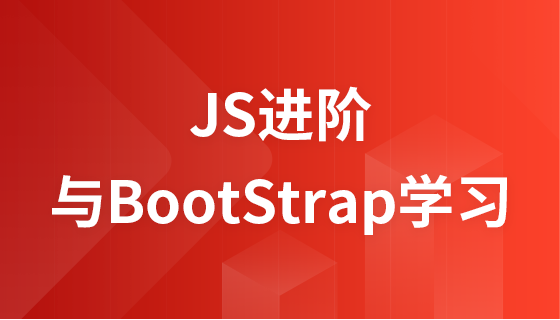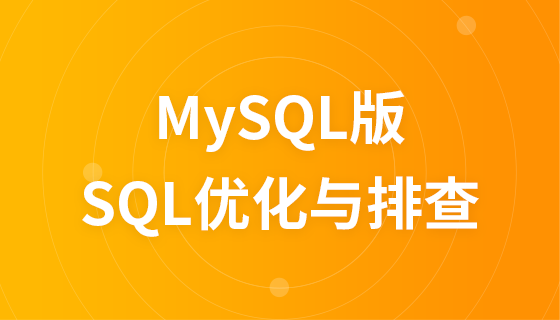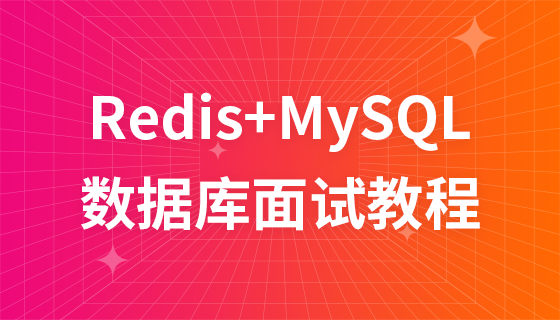HTML and
HTML block-level elements and inline elements
##The width of block-level elements fills the entire visible area of the browser, Generally, there can only be one block-level element in a line
The width of an inline element is generally based on the text content within the element. Multiple inline elements can be placed within a block-level element
Example
Let’s first look at the characteristics of the block-level element and the inline element
php中文网(php.cn)
hello world
Program running results:

##Block-level elements
Block-level elements will occupy one line by default. , the width will automatically fill the width of the parent element. Therefore, multiple cross-level elements are displayed on multiple lines from top to bottom.
Block-level elements: div, p, form, ul, li, ol, dl, table…
Inline element
Inline The element will not occupy an exclusive line, and its width will change according to the content inside. Multiple in-line elements will be arranged in a row next to each other, and will not be broken until one row cannot fit.
Inline elements: span, strong, em, br, img, input, label, select, textarea, cite……
HTML grouping tag
Tag
Description
##
##We learned earlier There are so many tags. In the next section, we will teach you how to use those tags to make a simple web page layout
Continuing Learning
- Course Recommendations
- Courseware download
![Front-end Vue3 actual combat [handwritten vue project]](https://img.php.cn/upload/course/000/000/068/639b12e98e0b5441.png)
IntermediateFront-end Vue3 actual combat [handwritten vue project]
2857 people are watching
![APIPOST tutorial [Popularization of technical concepts related to network communication]](https://img.php.cn/upload/course/000/000/068/63996f34c6c94370.png)
ElementaryAPIPOST tutorial [Popularization of technical concepts related to network communication]
1795 people are watching

IntermediateIssue 22_Comprehensive actual combat
5521 people are watching

ElementaryIssue 22_PHP Programming
5172 people are watching

ElementaryIssue 22_Front-end development
8713 people are watching

IntermediateBig data (MySQL) video tutorial full version
4525 people are watching

ElementaryGo language tutorial-full of practical information and no nonsense
2794 people are watching

ElementaryGO Language Core Programming Course
2814 people are watching

IntermediateJS advanced and BootStrap learning
2563 people are watching

IntermediateSQL optimization and troubleshooting (MySQL version)
3374 people are watching

IntermediateRedis+MySQL database interview tutorial
2963 people are watching

ElementaryDeliver food or learn programming?
5708 people are watching
The courseware is not available for download at the moment. The staff is currently organizing it. Please pay more attention to this course in the future~
Students who have watched this course are also learning
- Let's briefly talk about starting a business in PHP
- Quick introduction to web front-end development
- Large-scale practical Tianlongbabu development of Mini version MVC framework imitating the encyclopedia website of embarrassing things
- Getting Started with PHP Practical Development: PHP Quick Creation [Small Business Forum]
- Login verification and classic message board
- Computer network knowledge collection
- Quick Start Node.JS Full Version
- The front-end course that understands you best: HTML5/CSS3/ES6/NPM/Vue/...[Original]
- Write your own PHP MVC framework (40 chapters in depth/big details/must read for newbies to advance)
-
About us
Disclaimer
Sitemap
-
php.cn:Public welfare online PHP training,Help PHP learners grow quickly!
HTML block-level elements Example ##Block-level elements
Block-level elements: div, p, form, ul, li, ol, dl, table…
Inline element
Inline elements: span, strong, em, br, img, input, label, select, textarea, cite……
HTML grouping tag
##We learned earlier There are so many tags. In the next section, we will teach you how to use those tags to make a simple web page layout
##The width of block-level elements fills the entire visible area of the browser, Generally, there can only be one block-level element in a line
The width of an inline element is generally based on the text content within the element. Multiple inline elements can be placed within a block-level element
Program running results:

Tag
Description
##
defines the area of the document, block-level
Used to combine inline elements in the document, inline elements (inline)
- Course Recommendations
- Courseware download
![Front-end Vue3 actual combat [handwritten vue project]](https://img.php.cn/upload/course/000/000/068/639b12e98e0b5441.png)
IntermediateFront-end Vue3 actual combat [handwritten vue project]
2857 people are watching![APIPOST tutorial [Popularization of technical concepts related to network communication]](https://img.php.cn/upload/course/000/000/068/63996f34c6c94370.png)
ElementaryAPIPOST tutorial [Popularization of technical concepts related to network communication]
1795 people are watching
IntermediateIssue 22_Comprehensive actual combat
5521 people are watching
ElementaryIssue 22_PHP Programming
5172 people are watching
ElementaryIssue 22_Front-end development
8713 people are watching
IntermediateBig data (MySQL) video tutorial full version
4525 people are watching
ElementaryGo language tutorial-full of practical information and no nonsense
2794 people are watching
ElementaryGO Language Core Programming Course
2814 people are watching
IntermediateJS advanced and BootStrap learning
2563 people are watching
IntermediateSQL optimization and troubleshooting (MySQL version)
3374 people are watching
IntermediateRedis+MySQL database interview tutorial
2963 people are watching
ElementaryDeliver food or learn programming?
5708 people are watching
Students who have watched this course are also learning
- Let's briefly talk about starting a business in PHP
- Quick introduction to web front-end development
- Large-scale practical Tianlongbabu development of Mini version MVC framework imitating the encyclopedia website of embarrassing things
- Getting Started with PHP Practical Development: PHP Quick Creation [Small Business Forum]
- Login verification and classic message board
- Computer network knowledge collection
- Quick Start Node.JS Full Version
- The front-end course that understands you best: HTML5/CSS3/ES6/NPM/Vue/...[Original]
- Write your own PHP MVC framework (40 chapters in depth/big details/must read for newbies to advance)
- About us Disclaimer Sitemap
- php.cn:Public welfare online PHP training,Help PHP learners grow quickly!

